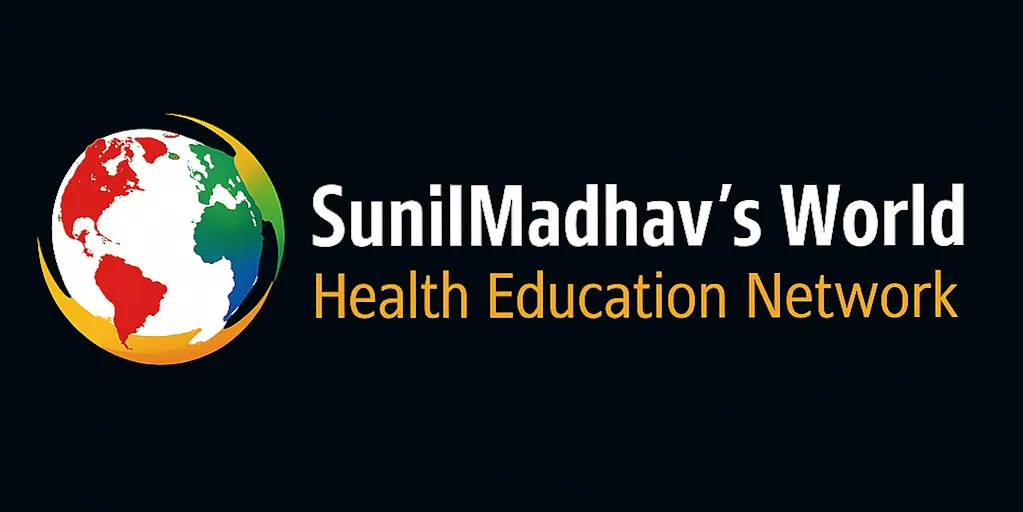GLP-1 drugs may raise rare optic risks but also protect against severe diabetic eye damage.
Ophthalmology
-
ENDOCRINOLOGYOphthalmologyPHARMACOLOGY < class="penci-entry-title entry-title grid-title penci_grid_title">Although rare, GLP-1s tied to higher risk for eye complications
-
Ophthalmology < class="penci-entry-title entry-title grid-title penci_grid_title">Ophthalmologists Urged to Adopt Sustainable Practices
Ophthalmologists Urged to Adopt Sustainable Practices At the Women in Ophthalmology Summer Symposium held in Amelia Island, Florida, Dr. Emily Schehlein and Dr. Mahsaw Mansoor delivered a compelling presentation on …
-
CardiologyOphthalmologyTRIALS < class="penci-entry-title entry-title grid-title penci_grid_title">FDA Approves Lenz Therapeutics’ Vizz™ for Presbyopia Treatment
FDA approves Vizz™—the first once-daily eye drop for presbyopia. Fast onset (30 mins), long-lasting (10 hrs), no myopic shift. Backed by CLARITY trials with 96% near-vision improvement. Designed for active lifestyles.
#EyeHealth #VizzDrop -
CardiologyOphthalmology < class="penci-entry-title entry-title grid-title penci_grid_title">Astaxanthin may decrease chronic, acute digital eye strain symptoms in children
Excerpt:
A 12-week clinical study has found that **daily astaxanthin supplementation** (4 mg) significantly reduces **digital eye strain** in children aged 10 to 14 who regularly use digital devices. Compared to placebo, children taking astaxanthin experienced a **20% decrease in chronic symptoms** and a **57% reduction in acute symptoms**. Additional improvements were observed in **depth perception, pupillary light reflex**, and **tear production**. These results suggest astaxanthin may be a promising strategy for managing **computer vision syndrome** in school-aged children, with effects noticeable as early as two weeks into use.

